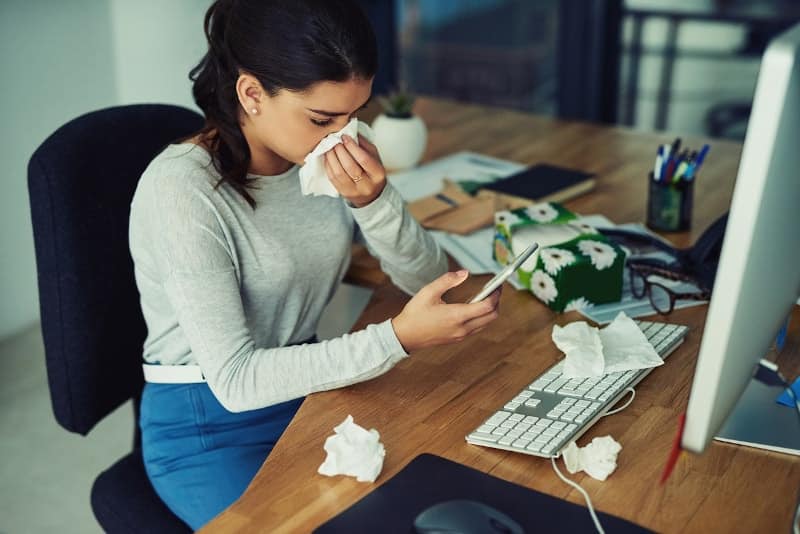The indoor air quality of your home should be kept at a healthy level, especially if you suffer from respiratory issues or if there are children who are prone to respiratory issues in the home. New homes are built to be as energy-efficient and tight as possible, but if your home is older, there are some extra steps you will need to take. To improve the indoor air quality of any house in Milton, FL, an HVAC tune-up is the best place to begin because it addresses the ventilation.
Focus on Ventilation
New homes are sealed well, so there are very few cracks or crevices that allow air to exit or air from the outside to enter. To improve the indoor air quality, therefore, the ventilation has to be in good condition. Ventilation balances the benefits of energy-efficiency with good air quality by ensuring the air is not stagnant.
One way to ventilate a home, whether it is new or old, is to open a window so that the rooms can air out. This prevents air particles from settling on the surfaces of your home by forcing them to circulate and even escape to the outside.
Reduce Indoor Air Pollutants
To improve your home’s indoor air quality, our service technicians can test the quality of your home’s current air; just make an appointment. This allows them to determine how many pollutants are currently in the air. The solution may be as simple as ensuring that your pet is groomed regularly or as complex as installing an air purifier.
Common indoor air pollutants include cooking emissions, VOCs and formaldehyde from wooden furniture. The inside of a home is never going to be free of indoor air pollutants. However, you can reduce the pollutants in your home and prevent them from resting on surfaces.
Test for Radon
Radon is commonly found in the soil underneath the foundation of your home. When it gets hot, it turns into a gas. If there are cracks in your home’s foundation, the gas can enter your house.
If anyone in your home is exhibiting symptoms such as persistent coughing, shortness of breath or chest pain while coughing, tests for radon are available. The result of the test will determine the next steps.
Keep the Humidity Level Low
Keeping the humidity level of your home around 50% or lower helps improve the quality of the indoor air. When the humidity is high, bacteria and other living organisms are more likely to thrive indoors. This has an impact on the quality of the air.
During an HVAC tune-up, our service technicians can determine if a dehumidifier is a viable option. If so, they can go over models and types with you.
Change the Air Filter
An HVAC tune-up begins with the replacement of the current air filter. The air filter catches many of the particles floating in the air. Over time, these particles build up a layer of dust on the filter.
In order for the HVAC system to perform optimally, the air filter has to be clean. If it is not, it impacts the air quality as well as the unit. Filters should be changed quarterly, or more frequently if needed or if there are pets in the home.
Find the Source
When residents of a home are experiencing respiratory issues such as allergies indoors, this is a sign that the air quality is suffering. While our service technicians are tuning up the HVAC, they can help determine if there are any obvious sources that are causing the issues.
Our team of service technicians has experience in helping clients improve the indoor air quality of their homes. Whether your HVAC unit needs a tune-up or a complementary product, we can walk you through your options. To schedule an appointment for an indoor air quality assessment, call our team at Lunsford Air Conditioning & Heating.
Image provided by iStock




